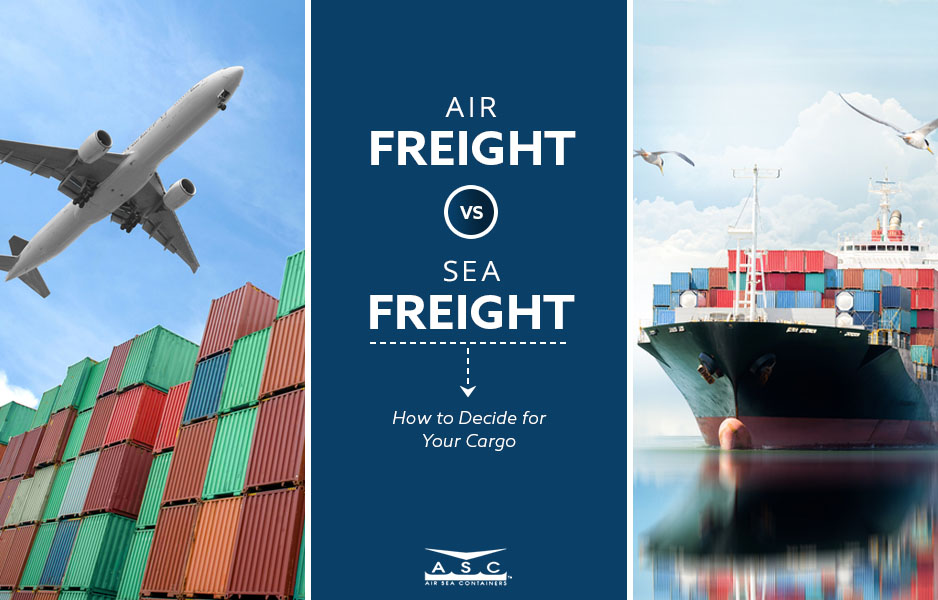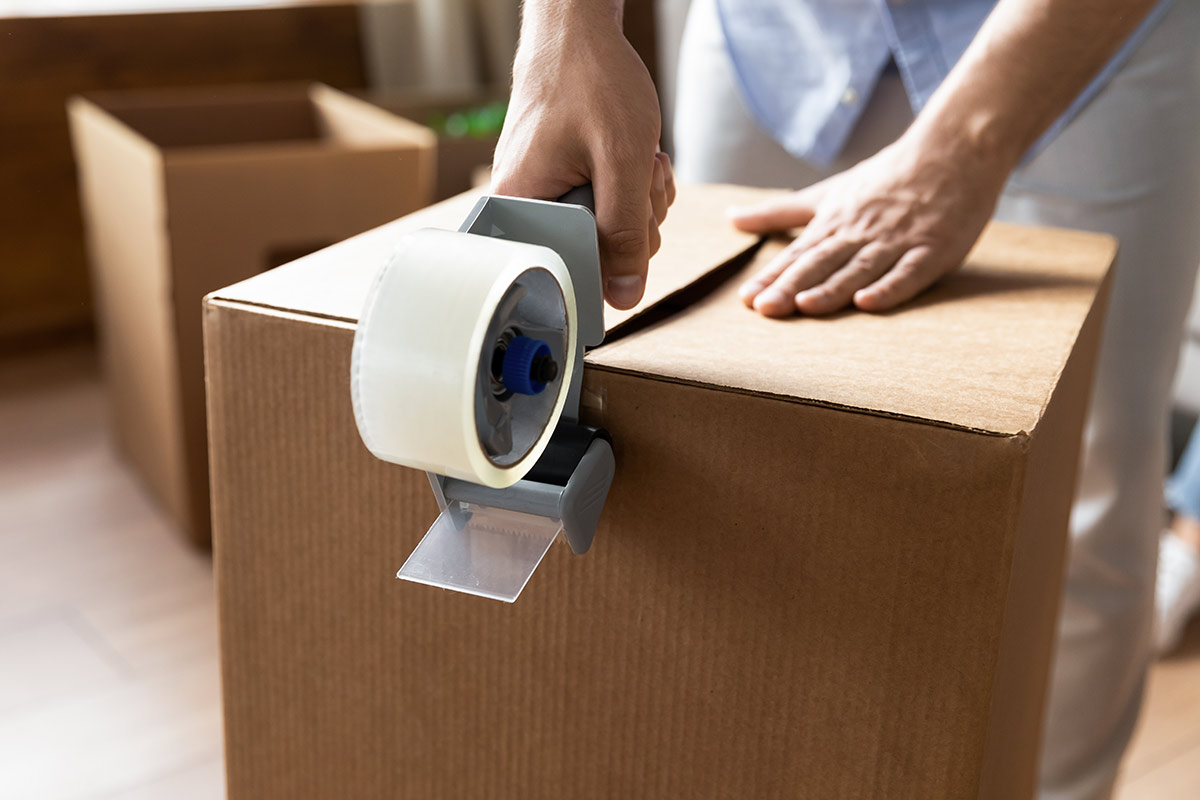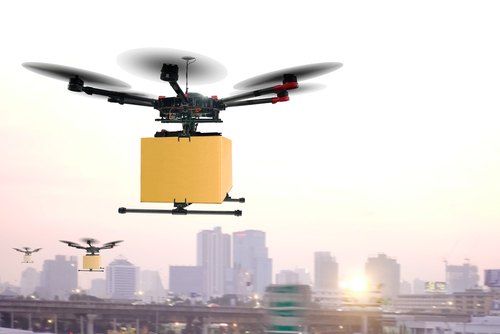
The concept of drones delivering packages to your house 30 minutes after you ordered an item may seem like science fiction, though, with giant online retailers like Amazon and mega delivery companies like DHL pouring money and time into drone technology, this idea isn’t too farfetched.
Amazon recently launched its Prime Air service, a delivery service designed to safely get packages to customers in 30 minutes or less using unmanned aerial vehicles (aka drones). According to Amazon, “The Prime Air service promises to provide rapid parcel delivery that will also increase the overall safety and efficiency of the transport system.” The service is currently in its testing phase, and Amazon completed its first test delivery back in December. Amazon said the test took 13 minutes from the customer clicking “order” to the package being delivered—which was an Amazon Fire TV and a bag of popcorn.
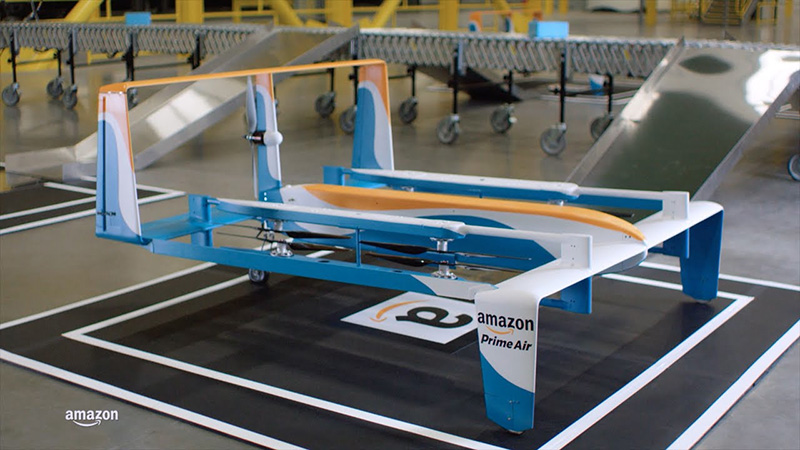
Amazon is continuing to test and develop new methods for how the drone delivery service could work, from the type of vehicle to packaging materials, to deployment methods. The company is notoriously secretive about new developments, but, if you look at new patents they file, you can find a clue.
CNN recently reported that the U.S. Patent and Trademark Office granted Amazon a patent for a method to guide packages released from drones safely to the ground. In order to deliver the package, the drone would use magnets, parachutes, or spring coils to release the delivery while in mid-flight.
If you think that sounds just like something in a science fiction novel, then another recent patent will sound like it is light years away. According to Air Space Magazine, Amazon recently filed a patent for a giant floating warehouse from which small drones could travel to-and-fro in order to grab parcels and deliver them to their destination. The patent isn’t full of details, but it suggests that the plan is to have a large floating warehouse kept afloat by helium or hot air that would hover 45,000 feet above sea level.
Amazon isn’t the only company looking into drone technology. Google delivered Chipotle burritos at Virginia Tech, Domino’s has delivered pizzas in New Zealand via a drone, and Starbucks is investigating how it can use drone technology for deliveries.
DHL is also investing in drone technology, continuously testing new drone vehicles.
As reported by Popular Science Magazine, just last year, the company built a carbon fiber tilt-rotor drone that takes off like a helicopter and flies like a plane. The parcelcopter, as it’s aptly named, can fly at least five miles carrying 4.4 pounds of cargo at a speed of over 40 mph. It was tested in the Bavarian mountains and flew in eight minutes a trip that takes cars half an hour.
The future of drones in the shipping industry isn’t just limited to small drones meant to deliver individual packages. As reported by NBC, a start-up in California’s Bay Area called Natilus Inc. is working on what it hopes will be the next big thing: large autonomous drones capable of moving freight across the Pacific Ocean more cheaply than conventional piloted cargo planes and faster than cargo ships. Traditional methods to ship goods across the Pacific Ocean are either cargo ships or cargo planes. Cargo ships can transport goods cheaply, but it takes time. The company provided an example to NBC:
Shipping 200,000 pounds of freight from Los Angeles to Shanghai would take about three weeks at a cost of $61,000. In the same example, shipping via cargo plane would take about 11 hours at a cost of $260,000. With large drones, Natilus hopes to find a happy middle ground. They estimate that the cost to ship via drone would take about 30 hours at a cost of
about $130,000.
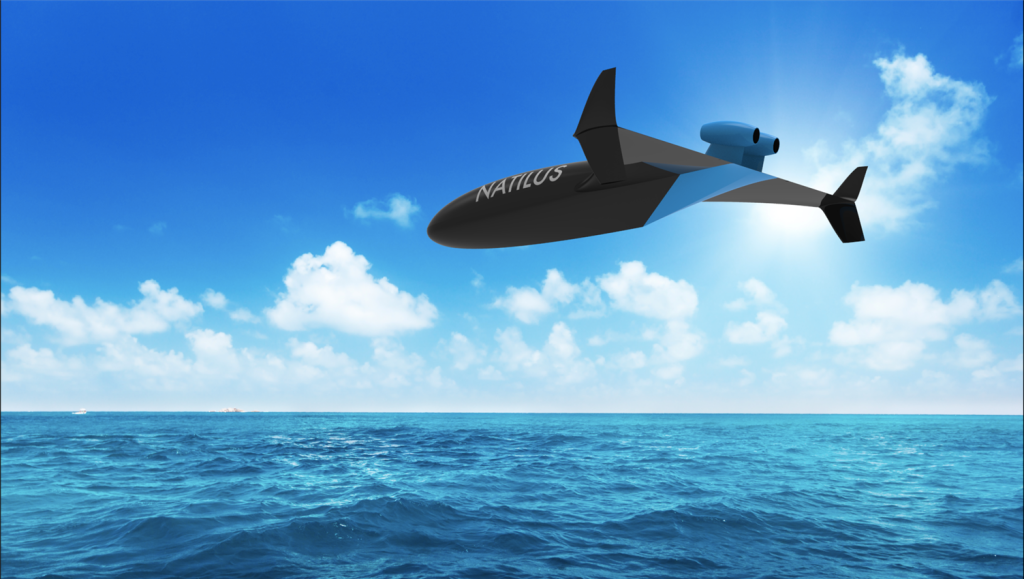
The company is currently building a 30-foot prototype that they hope to launch later this year. Most drone delivery systems in development are dedicated to small parcel delivery, and this idea could be a great option for companies looking to transport heavier items like IBC Containers and Shipping Drums. With companies constantly looking at quicker and less expensive means of transport, we could see these large drones in the sky soon.
We hope to see drone technology come into fruition soon. There are many hurdles to get through, including government regulations, but, with the investment major companies are putting into this technology, it seems that drones are here to stay, and they will transform the shipping industry as we know it today.

